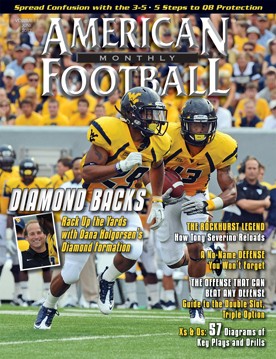Article CategoriesAFM Magazine
|
Speed Report – Execution in Football and In Football Speedby: Dale BaskettFootball Speed Specialist © More from this issue In football, execution is a key component to winning, performing consistently, confidence, attitude, focus enhancement, skill development, and a commitment to excellence. As Vince Lombardi said, “The quality of a man’s life is in direct proportion to his commitment to excellence, regardless of his chosen field or endeavor”. Lombardi believed in the premise of having pride in execution to the maximum degree. His premise in the world of football speed is absolutely paramount for results. I never knew Lombardi but did have the privilege of being hired by Hall of Fame guard Jerry Kramer. After his retirement, he flew his two boys out to train with me for a week while one was in high school and the other in college. It was an honor to work with his sons and help improve their speed skills.
|
|
|||||||
| HOME |
MAGAZINE |
SUBSCRIBE | ONLINE COLUMNISTS | COACHING VIDEOS |
Copyright 2026, AmericanFootballMonthly.com
All Rights Reserved





